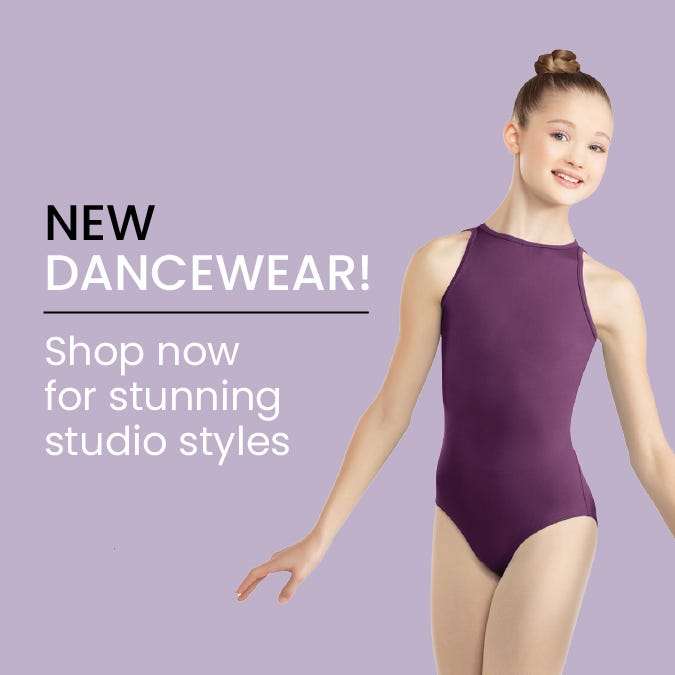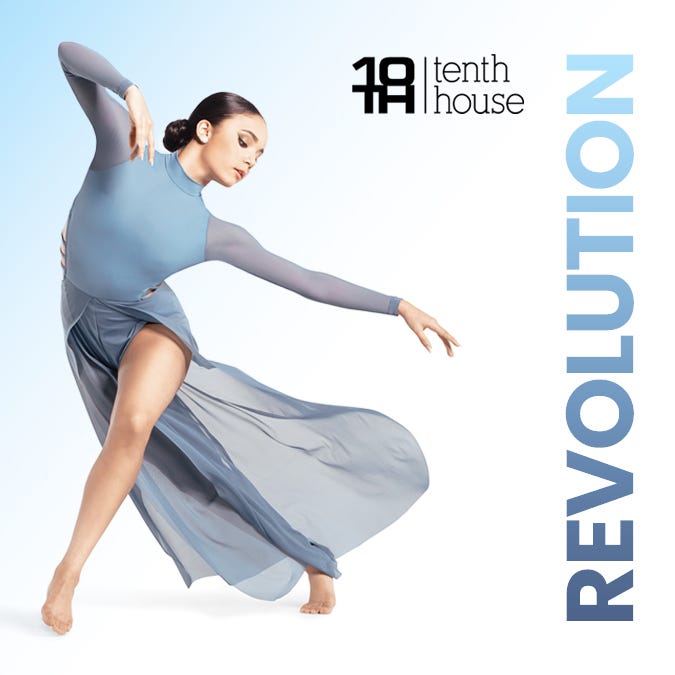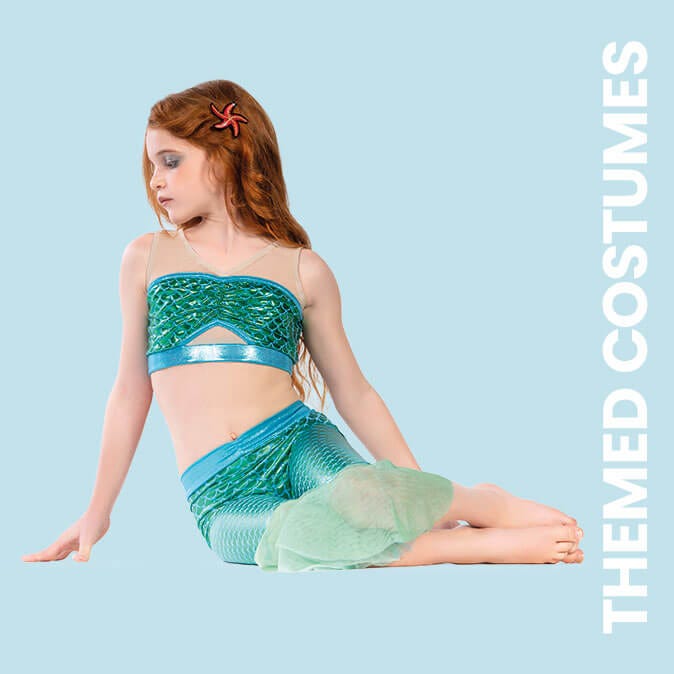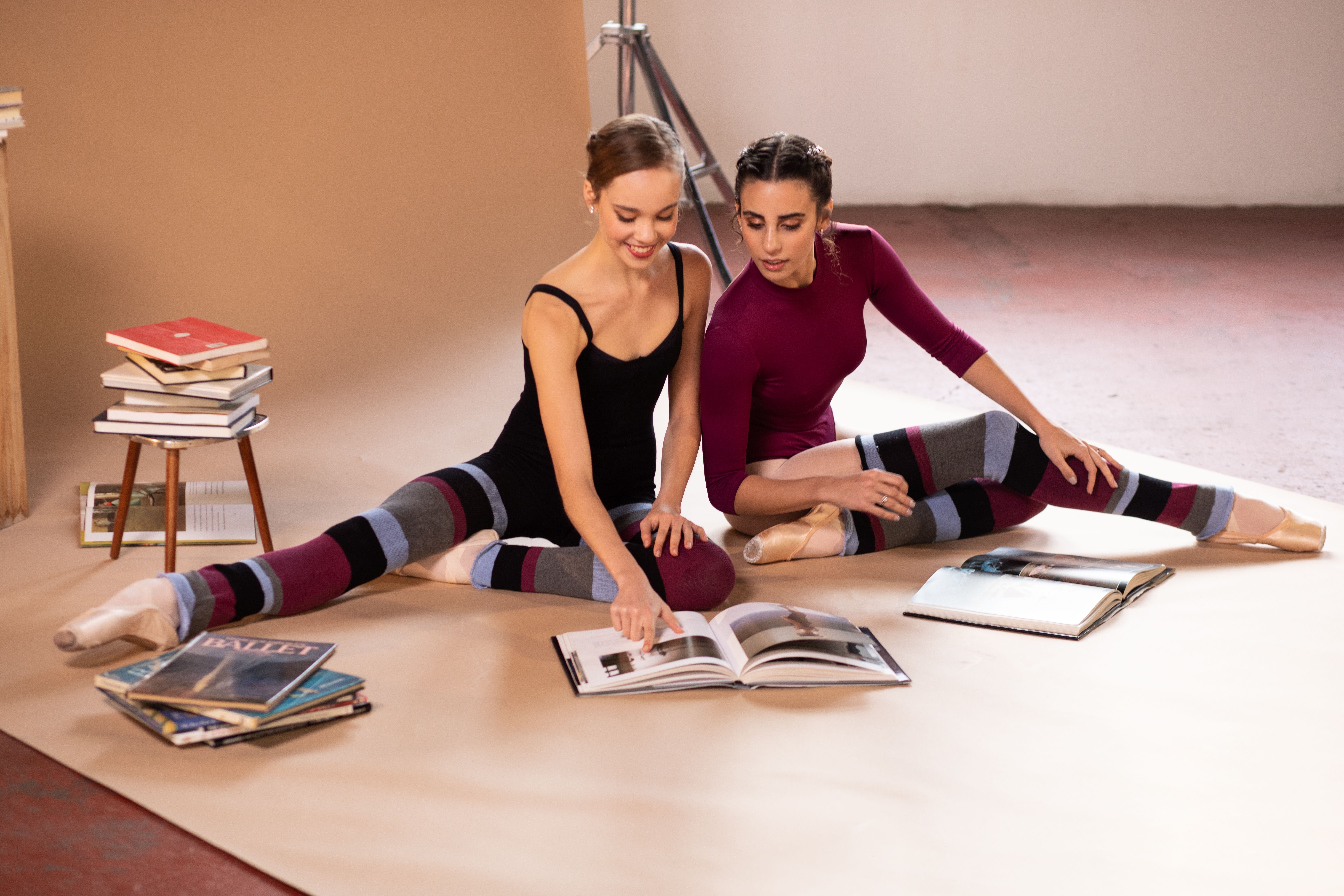Training For Dance
When you think about a dancer, what might come to mind? Physically fit, athletic, stylish, skilled. Despite these positive accolades, more and more dancers - both amateur and professional - are realising they cannot just be fit to dance. Cross-training for dancers is very much in vogue, encouraging them to increase their overall fitness as a way to complement their work and increase their ability.
It is clear that 'dance fitness' is not as fulfilling as if the body undertook a wide range of physical activities to maintain the body's fitness as a whole. For professional dancers specifically, many enjoy increasing their strength levels in the gym and undertaking other cross-training activities. Many dancers enjoy swimming because it maintains stamina, it is low-impact and works every muscle. Others prefer Pilates as another low-impact alternative, as a way of helping to keep the core strong and to help hone the intentions of the body.
Cross-training, be it high-impact cardiovascular work or low-impact conditioning, helps dancers maintain their physique in a different way and ensure they are at peak fitness levels. This is useful when a dancer is not working and must keep their fitness up in order to audition or work at any time. Being in peak physical condition means the body is constantly ready to be used to the best of its ability. Here cardiovascular training would boost energy and improve endurance, and would also mean the body can recover quicker afterwards.
Working with your body in different ways can reduce injury to the body, as it is fit and strong rather than just suited to dance. It can help to identify weak areas to work on, and means your body is ready for any dance technique or audition requirement. It is important to remember that over-training can also be a problem, so ensure you take rest each week from lots of physical activity, to allow the body to recover.












